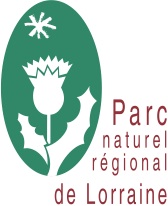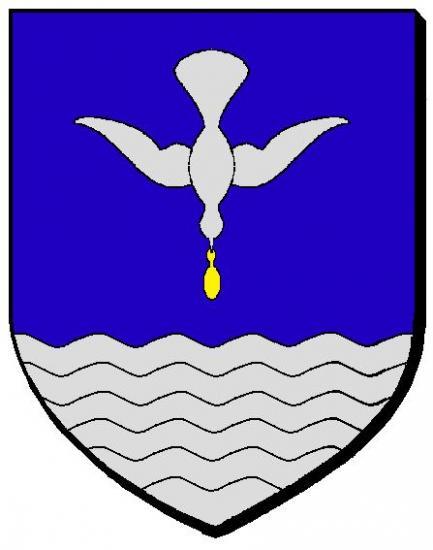Experimenting by turns performance, sculpture, installation or painting, Josselin Vidalenc has always dedicated a significant portion of his research to colour and to the ontology of matter. Although physically absent, the body guides all stages of the work thanks to the activation of senses like touch, sight and smell. These senses, fundamental in the process of understanding his works, have recently given rise to paintings and woven works, which are sometimes figurative, but above all abstract, gestural, Tachist or geometric. Note that Josselin Vidalenc’s colours are not produced industrially but by himself, from natural pigments extracted from flowers or plants with the goal of finding the desired tones, even if it sometimes takes over a year to succeed, as he follows the pace of the seasons. This hence activates a work production temporality which is different from that of using store-bought paint: the work integrates a slow, long-term process that imposes its own pace. The artist has always wished to let the material take its course, and therefore chooses to adapt to this new pace. Though he cultivates tinctorial plants, he also goes directly in search of plants in rural environments like fields and forests, after having meticulously studied herbaria and other botanical books. These long searches and hours of hazardous walking with a view to finding adequate plants also enable him to set his body in motion, to connect it with his environment, to touch and feel matter, to perceive its vitality. Beyond colours, the artist also likes it when the plants stand in a permaculture garden and are home to a whole range of living beings.
The artist’s encounter with the series of six tapestries making up La Dame à la licorne, kept at the Musée de Cluny in Paris, was one of the triggers of this research into colours produced without any intermediary: in the art of tapestry or of painting, the millefleurs is a united, flat foundation scattered with numerous represented plants, sometimes cut, in the manner of an herbarium. La Dame à la licorne represents around forty different species against a red background, in front of which a scene unfolds that the scenery contributes to rendering enigmatic and complex. At the sight of these tapestries and their vernal scenery, the artist’s interest comes from the evocation of human beings’ peaceful, non-confrontational relations with plants, with the vegetable world that festivals of the Middle Ages joyously celebrated in the months of April and May.
Although Josselin Vidalenc’s approach might seem formalist at first sight, behind it is a whole reflection on the artists’ production ethic and their exploitation of others in the creative process. Following his residency at Lindre-Basse, he is going to begin training in the farming of medicinal and tinctorial aromatic plants, in order to pursue his autonomous production logic, which is respectful of the natural and professional environment.
The artist residency programme is organised by the CAC - la synagogue de Delme in collaboration with the Lorraine Regional Natural Park and the village of Lindre-Basse.

